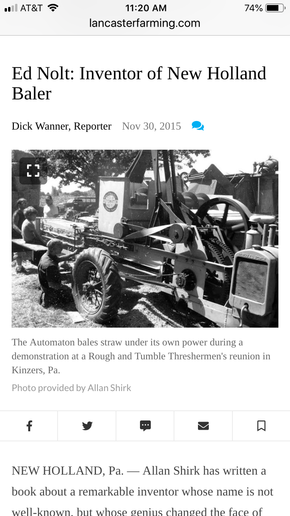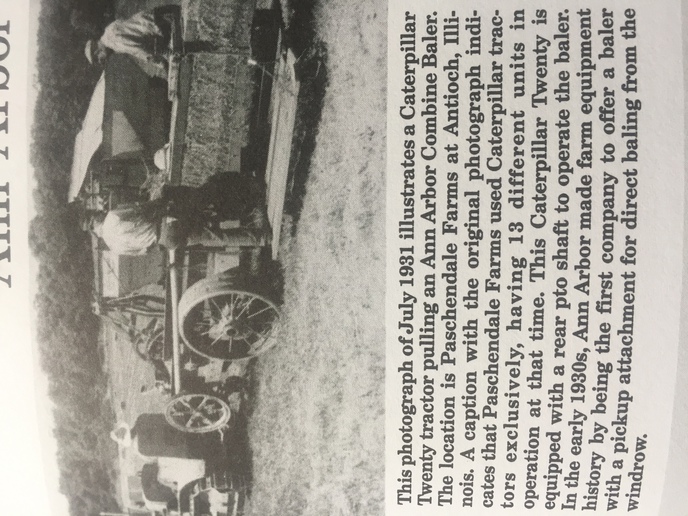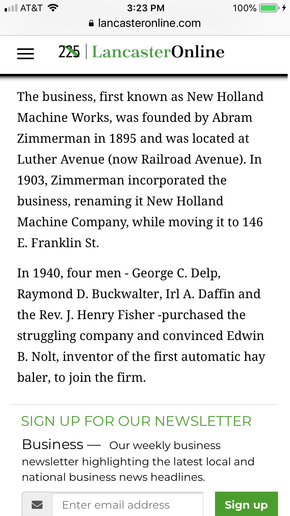Bruce from Can.
Well-known Member
- Location
- Woodville, Ontario, Canada
My dad was born in 1918, and told me that as a teenager in the thirties, he could get work sometimes in the winter, forking hay from barns , and into a hay press, as they called them. A hay buyer would own the haypress or baler and bring it to your farm. You would have to provide the crew to fork the loose hay from the barn, and into the stationary baler, and load it onto wagons, haul it to town. It was sold by the ton, and after going across the scale, the hay dealers crew would load the hay onto box cars on the railroad siding. There was still a strong market for hay in the city, with many companies still using horses and wagons to make deliveries. No one had a baler that could bale from the windrow in our neighbourhood until my dad bought hi AC Roto-Baler in 48. He was busy baling hay for others for a few years. NH square balers were the first windrow balers that I heard of, any ideas as to when they first hit the market?




